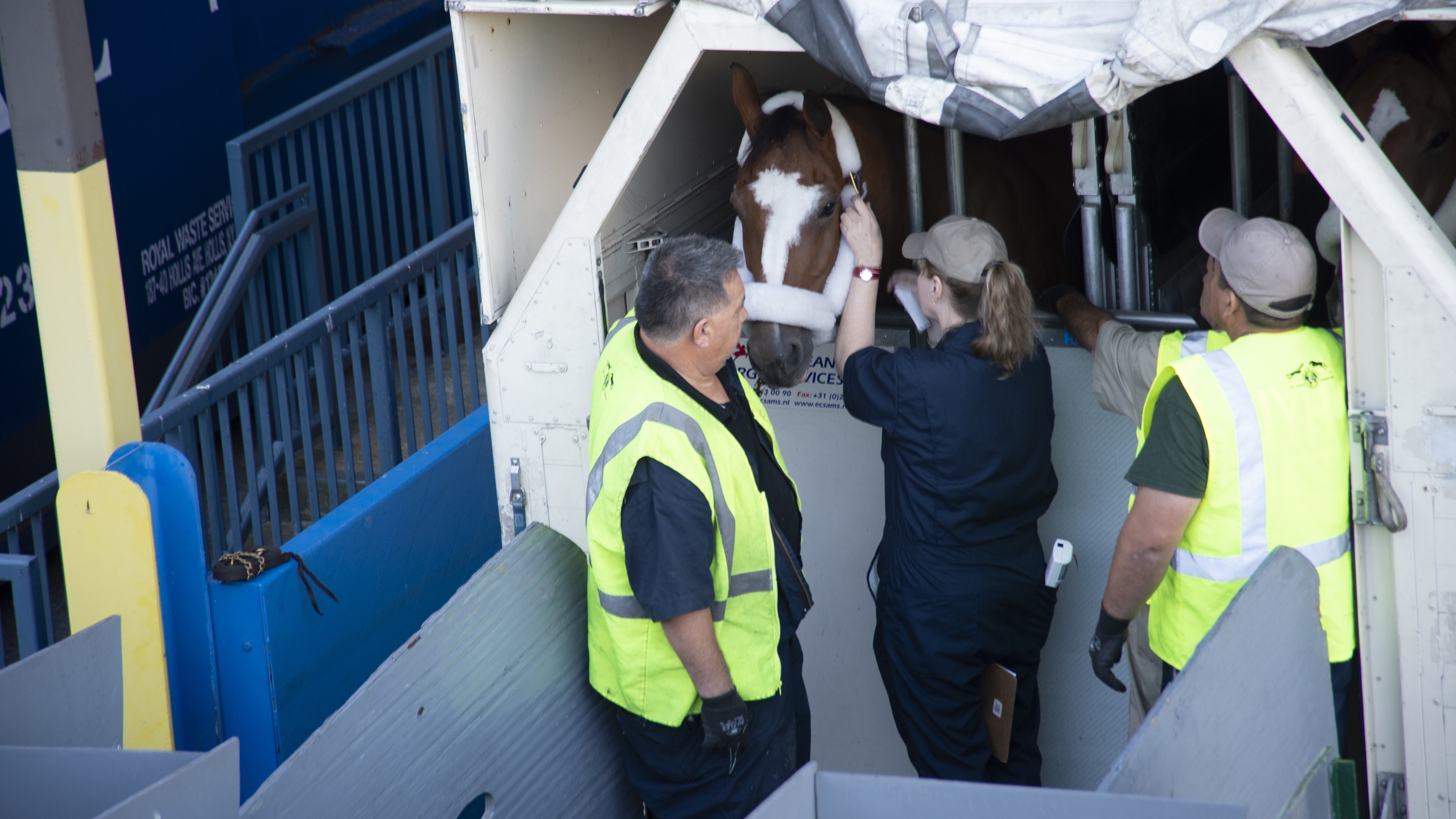

APHIS regulates the importation of equines into the United States to prevent the spread of foreign animal diseases. The following animals are included in the definition of an equine: horses, mules, donkeys, asses, zebras, and their hybrids.
The requirements to import horses and other equines, or their germplasm, into the United States depend on several factors, including:
With the exception of U.S.-origin horses that travel only to Canada and then return to the United States, U.S.-origin horses that travel abroad must complete import quarantine when they return. The reentry requirements for U.S. horses–including the length of their quarantine–depends on the route of travel during the temporary exportation and how long the horse was exported outside the United States.
Upon return to the United States, U.S.-origin horses need to be accompanied by the original, or a certified true copy, of the U.S. export health certificate, along with a health certificate issued by a full-time salaried government veterinarian of the Competent Authority in each country the horse visited.
In the drop-down menu, choose the country or countries resided in for your equine or equine germplasm. For U.S.-origin horses, choose the country or countries your horse traveled to before returning to the United States.
Each country's page will help you determine import requirements. This includes the length of the horse's quarantine (either 3, 7, or 60 days), required certification statements, and any additional protocols that may apply.